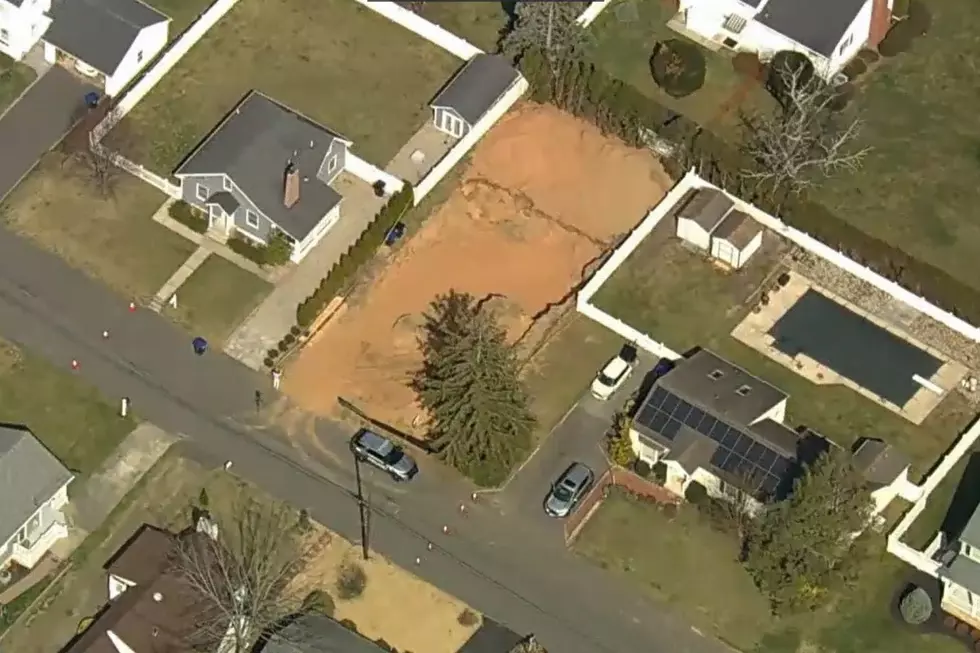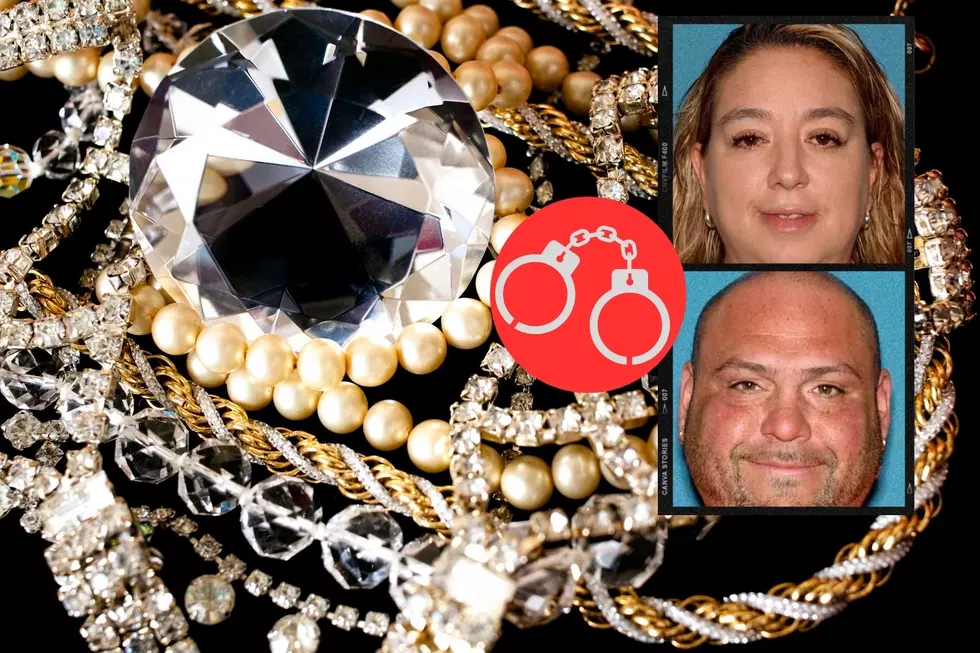
You have to protect your eyes during the winter months
While people have put away the sunblock and brought out the winter coats, the sun is still out there and can still be damaging to the eyes.
Snow can reflect 80% of the sun's light and radiation, which is why skiers wear googles. UV light can cause all the damage in the winter that it can cause in the summer.
Dr. Joseph Calderone Jr. at Better Vision New Jersey in Cranford says winter can bring a host of unique eye concerns such as UV ray damage. The UV radiation from the sun in any season is capable of causing a painful eye condition called photokeratitis or "snow blindness." This is the damage to the eye's surface from the sunlight.
Eye damage during the winter could include wear-and-tear on the retina, lens and skin, which can lead to macular degeneration, cataracts, skin damage such as wrinkles and cancer growths, and even sunburn after a day on the slopes.
Wear UV-protecting sunglasses or goggles and wide-brimmed hats to reduce exposure to UV light when outdoors during the winter months, he cautioned.
Another cause for winter eye concern is the cold, dry air, especially when it's windy. Calderone said this can cause significant drying of the ocular surface, enough to cause a lot of reflex tearing. Sunglasses are also helpful to help deflect the wind. If someone has a dry eye condition, getting treated for dry eyes will help.
Calderone said snow can cause problems, too. Getting hit in the face with a snowball can have serious consequence. So while he warns that people should not aim for the face during a snowball fight, if there's going to be snowball throwing, use fresh snow instead of crusty, icy snow.
Always use goggles or some kind of eyewear when operating a snowblower.
The holidays have come and gone but Calderone said if the kids received toys or if someone still has to purchase a toy for a young child, it's best to stay away from toys with laser pointers, projectiles, sling shots or darts. Those can cause eye damage and even vision loss if someone gets hit with it. For additional safety, look for toys marked with ASTM, which indicate that they have been certified safe according to the national safety standards implemented by the American Society for Testing and Materials.
Any piece of sports equipment such as tennis rackets or a hockey stick should also include protective eyewear with polycarbonate lenses to ensure a safe experience.
More from New Jersey 101.5:
More From New Jersey 101.5 FM









